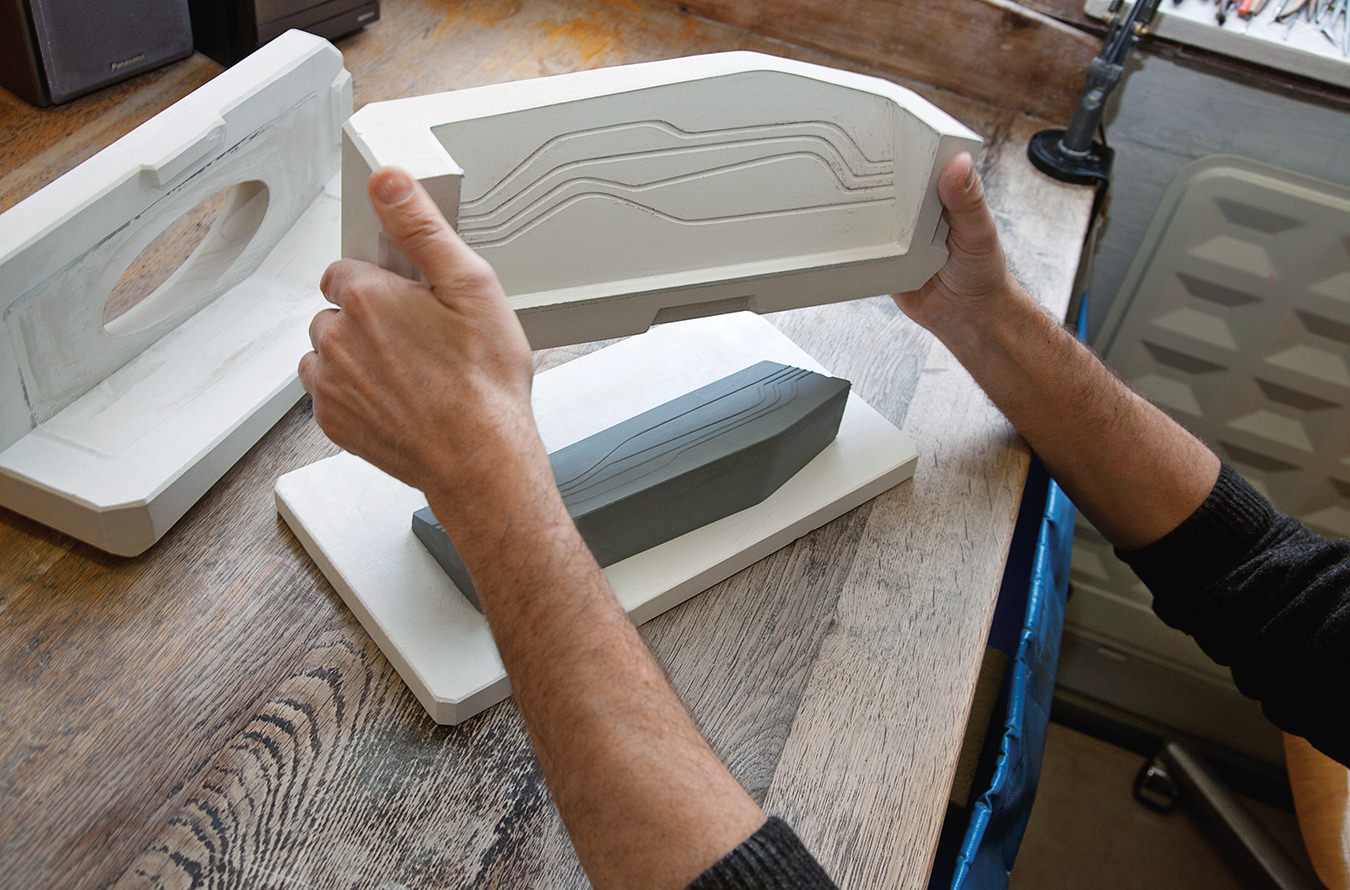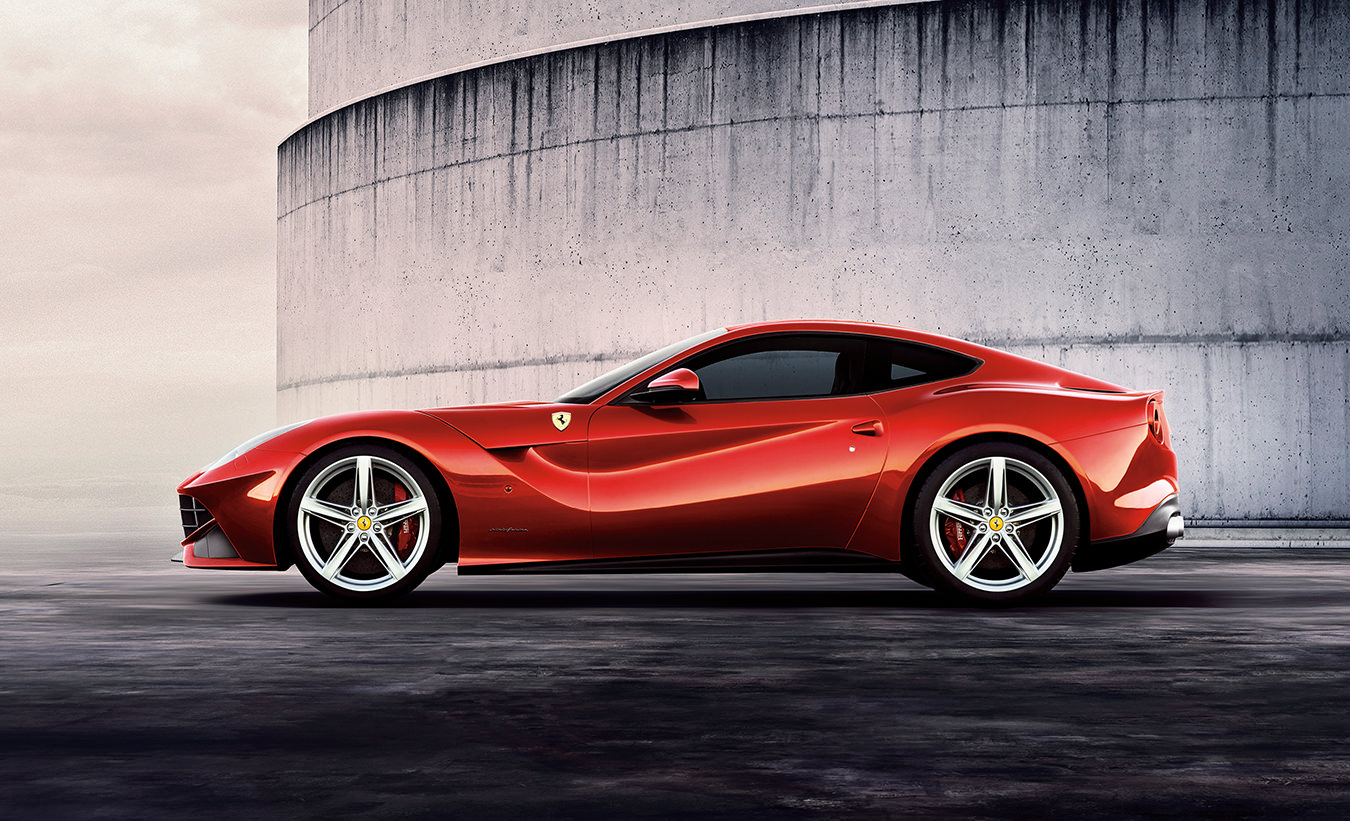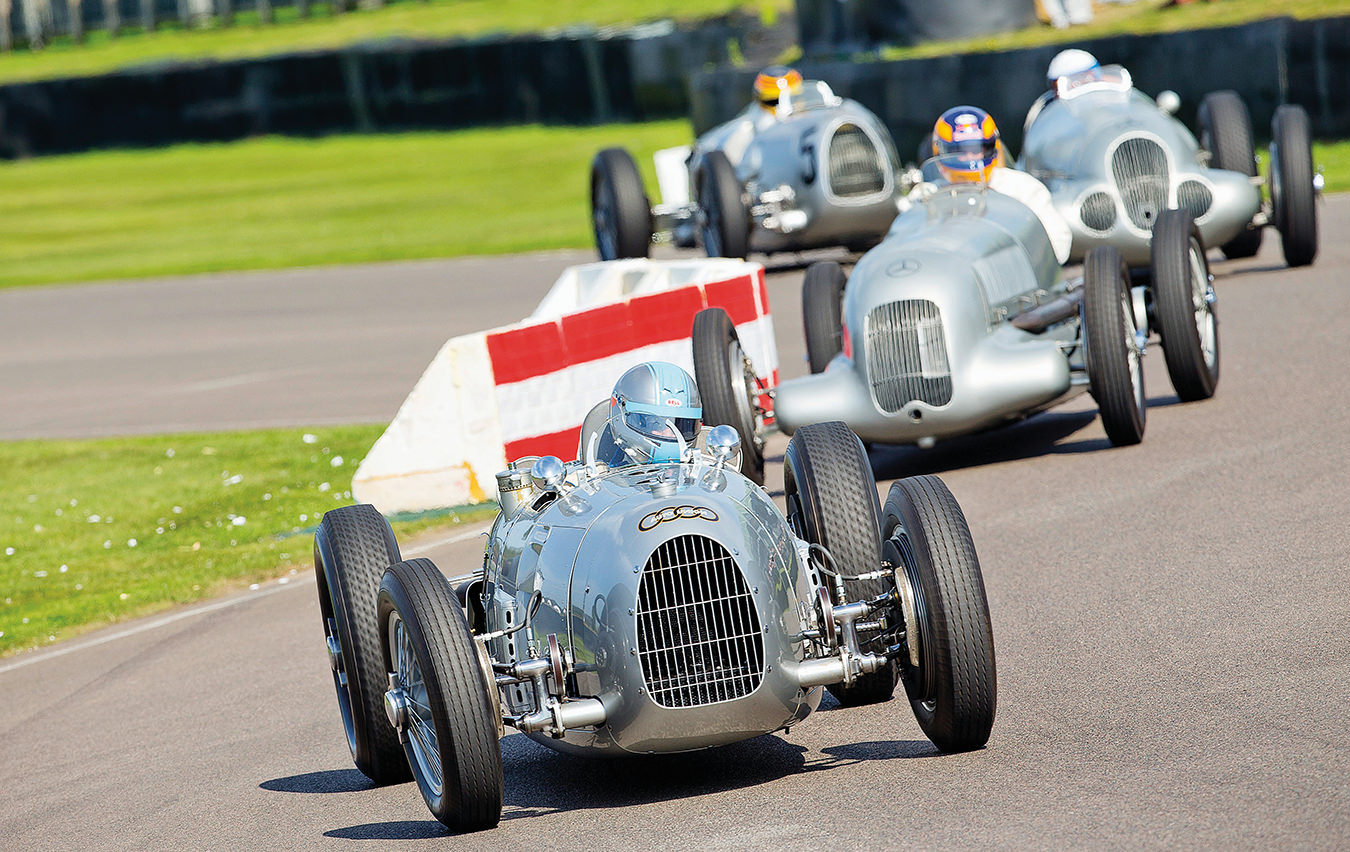-
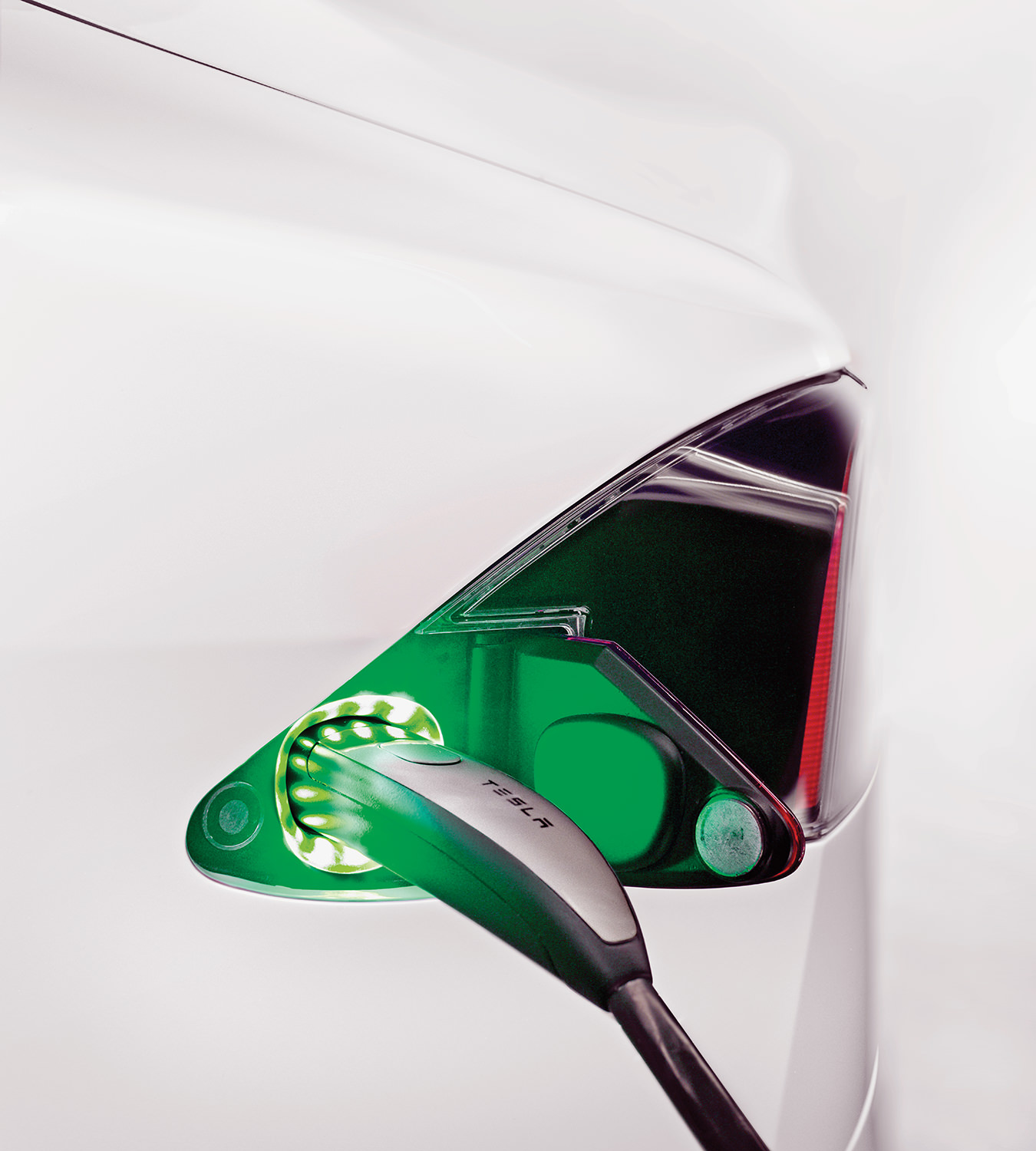
Tesla Model S.
-
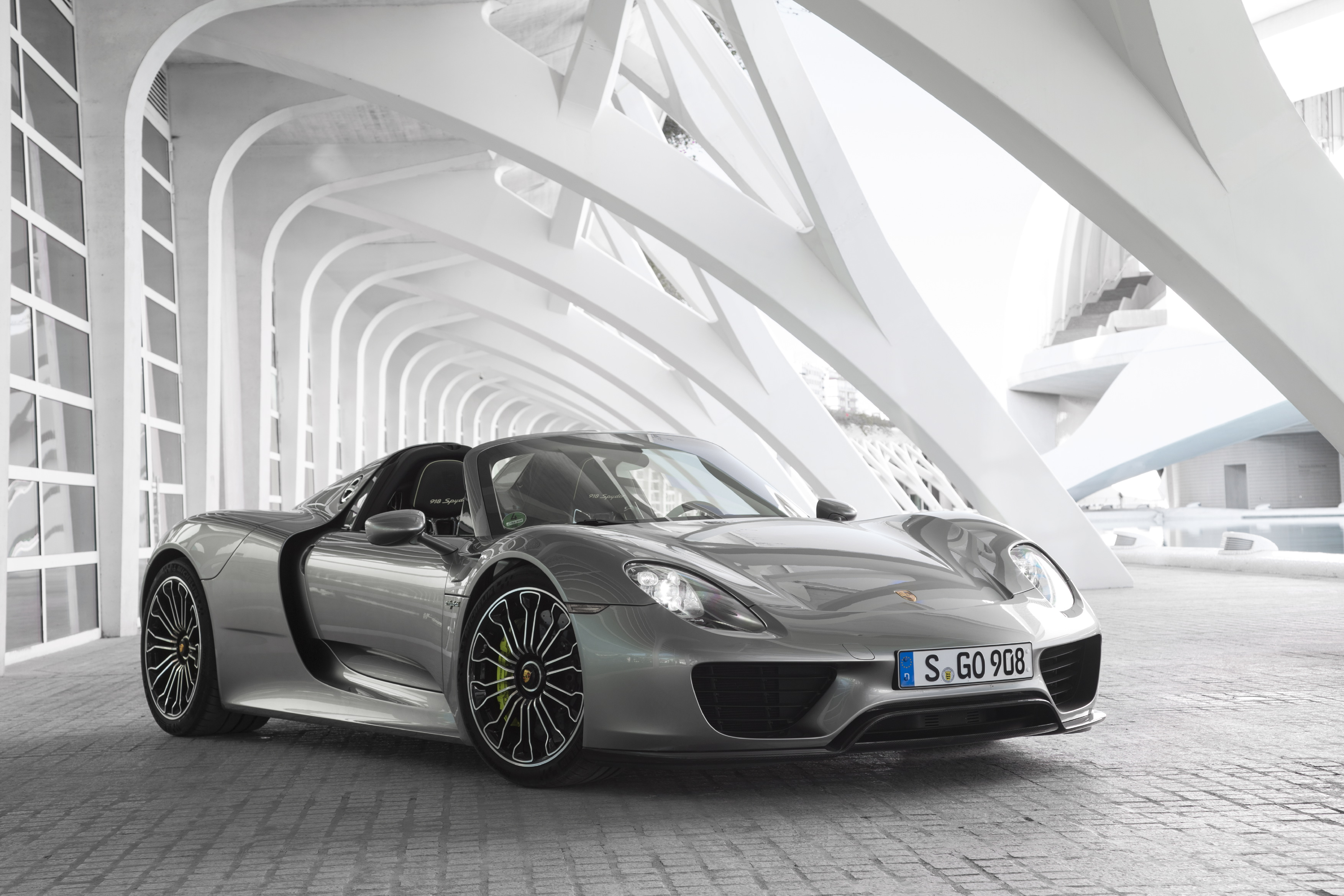
Porsche 918 Spyder.
-

BMW i3.
-

McLaren P1.
-
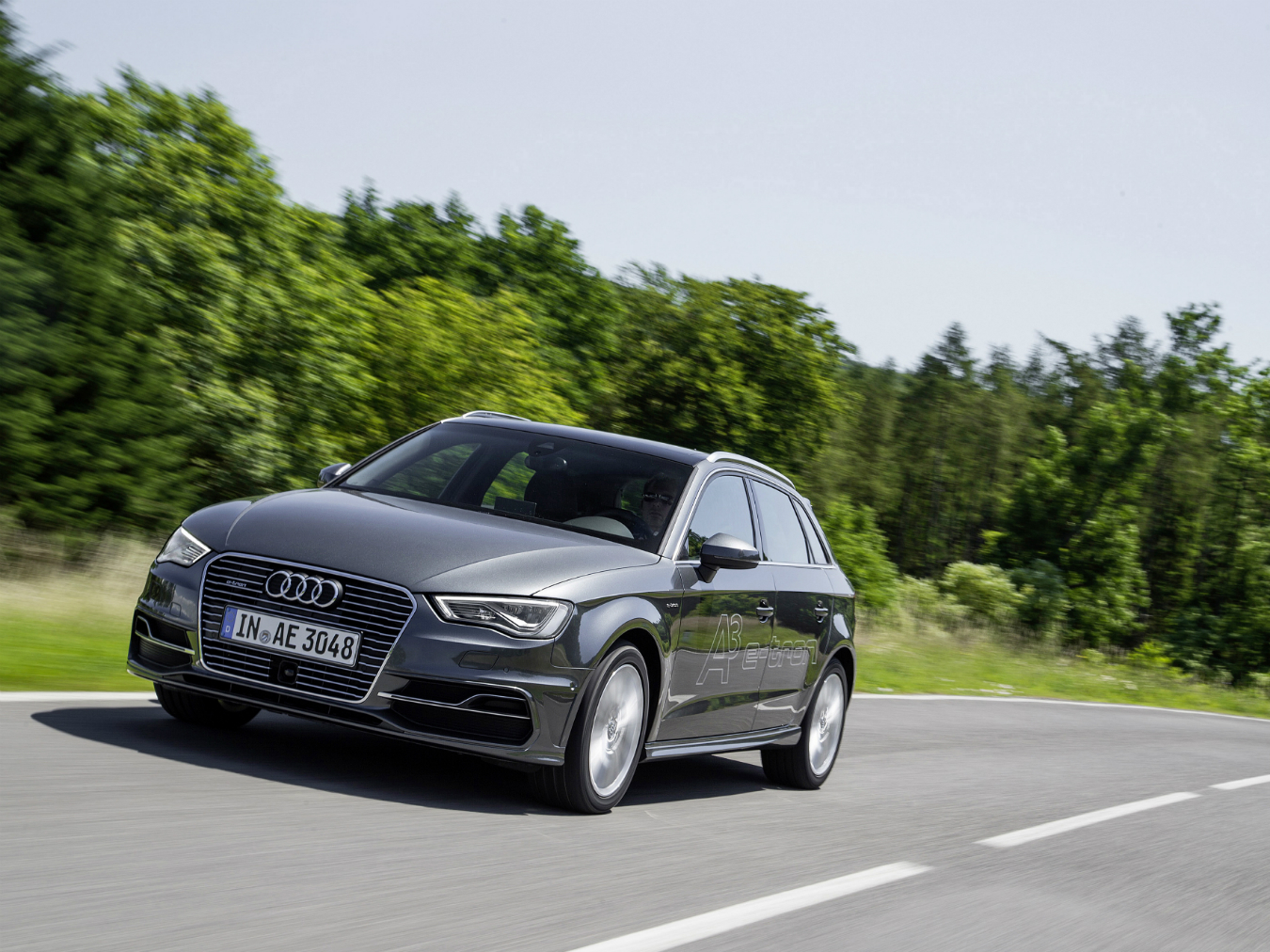
Audi A3.
-
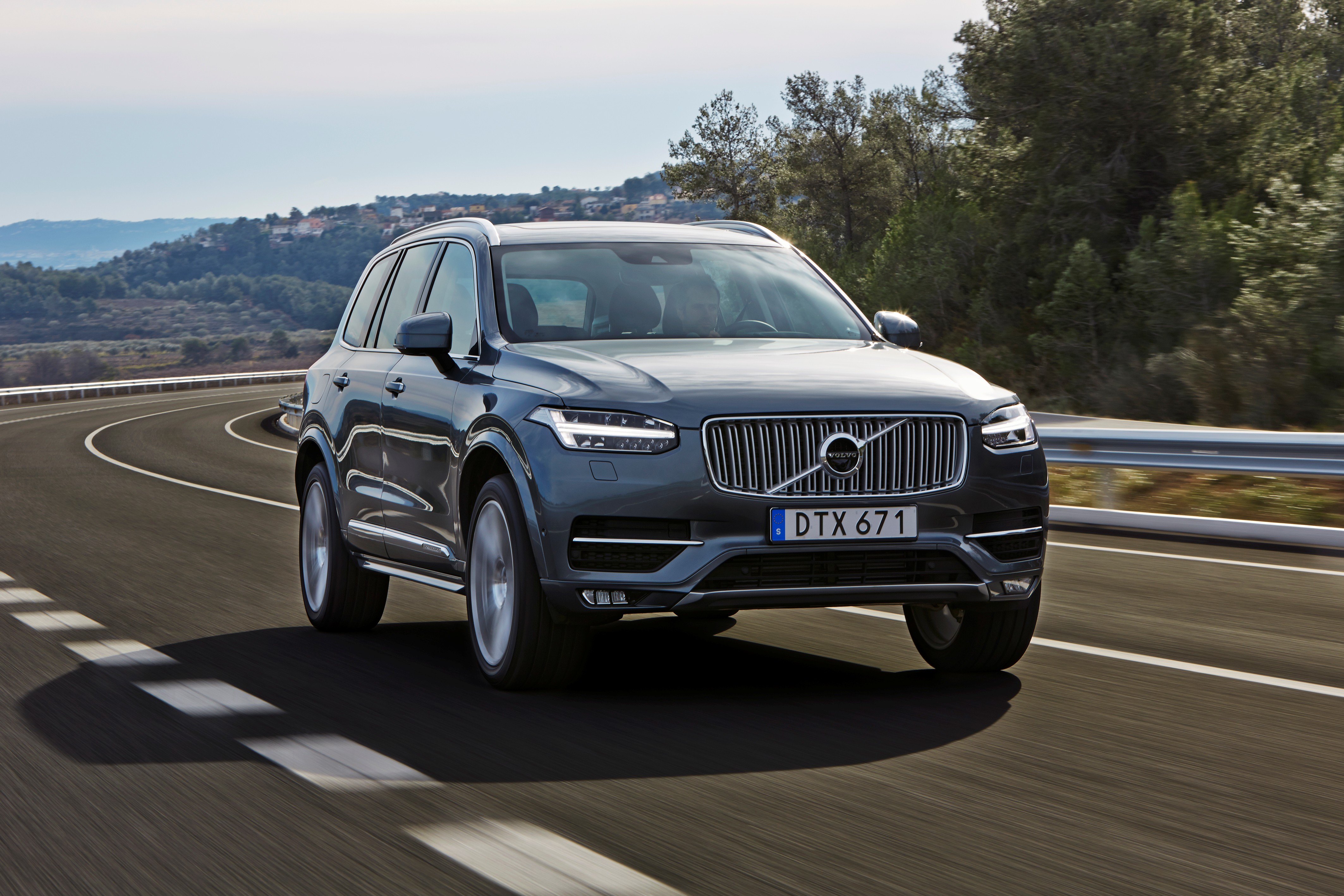
Volvo XC90.
-
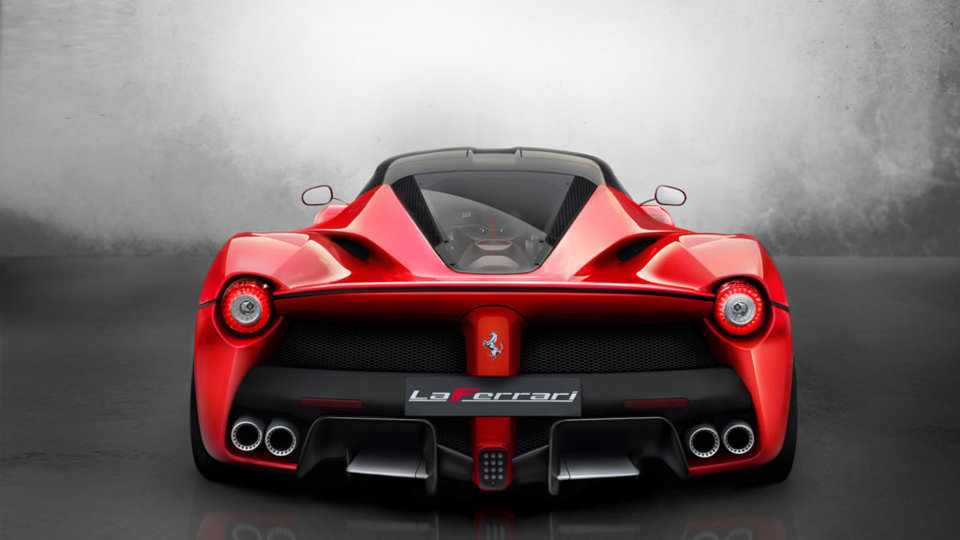
LaFerrari hybrid.
-
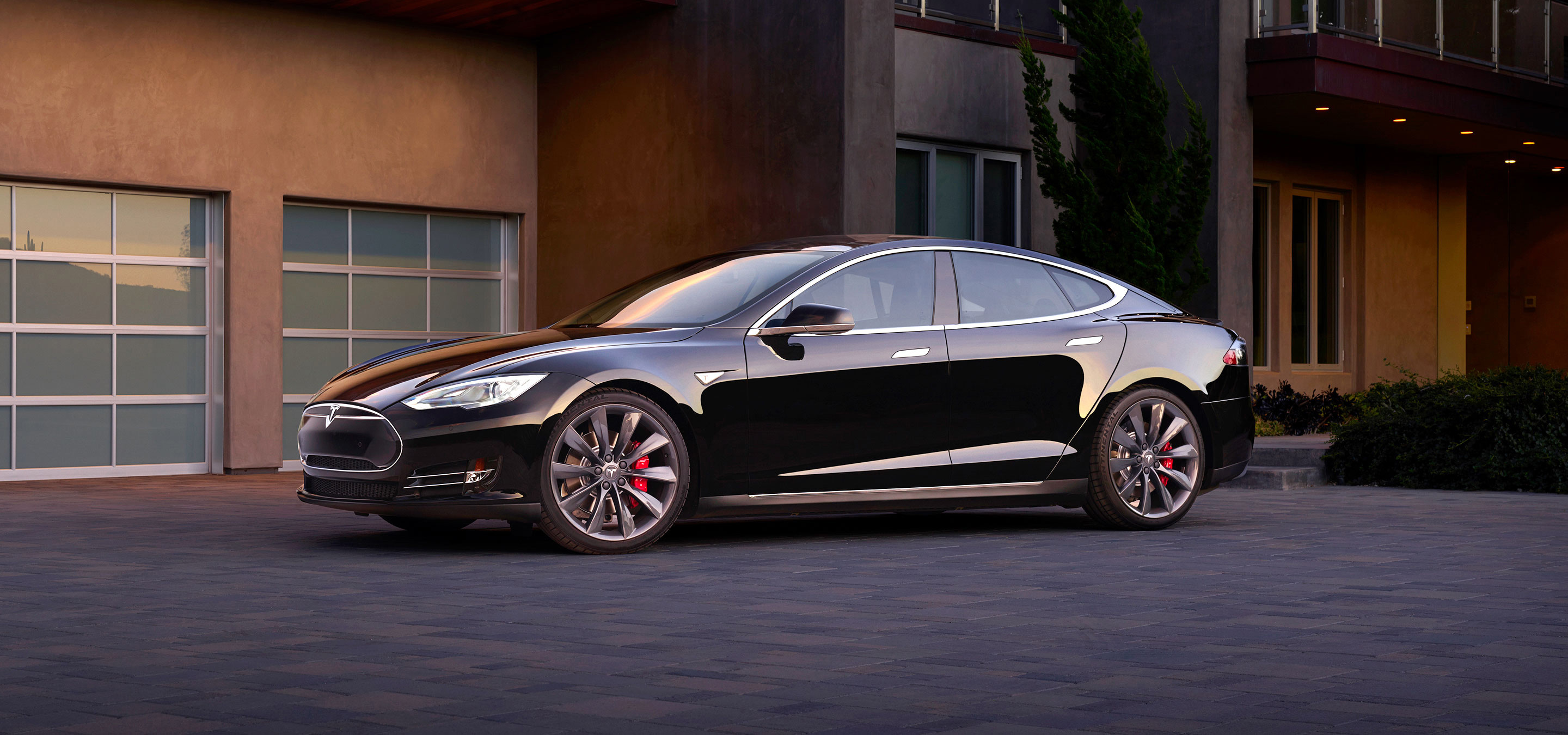
Tesla Model S.
-
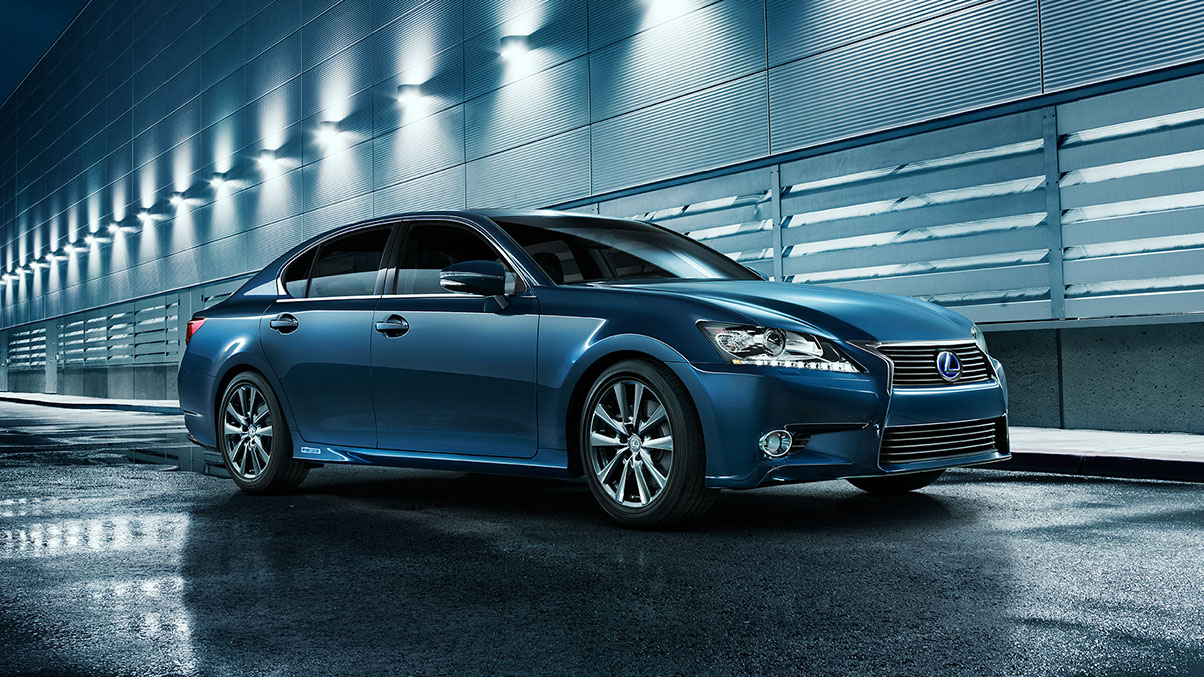
Lexus GSh.
Three Roads of Green
Hybrid, plug-in hybrid, and full electrics.
The V12-powered Rolls-Royce Ghost II is in no shape or form a “green car”, though a fellow automotive writer’s reaction to her first drive of any Rolls-Royce proved telling, in light of her prior experience with new hybrids and plug-in vehicles: “It’s not as quiet as I thought it would be.”
In a world full of gas-electric hybrid, plug-in hybrid, and fully electric luxury cars, even the most extensively refined internal combustion engines cannot match the smooth and silent push from an electric motor. Sure, the new 2015 Ghost’s interior materials are still of the utmost quality, and suspension tuning is similarly sumptuous, smoothing out bumps while providing the barest hint of sportiness. But there’s an inherent refinement advantage to using an electric motor connected to its own separate lithium-ion battery (much larger and more modern than the battery lump that powers a car’s radio and accessories) in the drivetrain, which uses rotating magnetic impulses to drive the wheels, not thousands of mini-explosions per minute.
This illustrates one of the key reasons premium automakers are electrifying their vehicles to various degrees: quiet equals perceived quality, says an old but still relevant automotive adage. Rolls-Royce nurtured that perception way back with the launch of its first vehicle in 1906, the Silver Ghost. Close to 90 years later, in 1990, Toyota highlighted its industry-leading quiet and smoothness to help launch its premium Lexus brand, illustrated memorably with a tower of untoppled champagne glasses on its hood while it ran on rollers at 230 km/h. Lexus quickly out-sold not only fellow new arrival Infiniti, but German powerhouses Mercedes-Benz and BMW for a few years as well.
Now it is California start-up Tesla reworking that familiar formula, and its sleek, all-electric sedan is also reshaping the modern luxury car business. Within a year of the debut of the superquiet but superquick Model S four-door in 2012, it outsold the Mercedes-Benz S-Class, BMW 7 Series, and the Lexus LS—though, to be fair, Tesla offers base Model S variants that start at much lower prices than those exclusive sedans. Even reliability-oriented Consumer Reports reported that the Model S was the most-loved car of 2014 by its owners—and Tesla has had far from a perfect reliability record—with more Tesla owners saying they’d buy one again than any other car, to the tune of an astonishing 98 per cent.
For all manufacturers, there’s an even more vital reason to pursue electrified vehicles: increasingly challenging fuel economy requirements. In both Europe and North America, governments are seriously clamping down on automakers, requiring them to make their entire product lines more fuel efficient in the next 10 years. And though diesel engines are generally more efficient than their gasoline counterparts, and thus reduce carbon dioxide emissions, their particulate emissions that cause pollution and smog are higher, making even diesel-driving countries such as France announce moves to decrease their prevalence, offering up to 10,000 euros ($14,000 Canadian) for drivers scrapping an old diesel for a new fully electric car. So even during cyclical dips in oil and gas prices, there’ll still be a strong legislative reason behind the appearance of more efficient luxury cars, which traditionally introduce cutting-edge technologies before filtering out to more mass-market vehicles.
That’s the why behind the increasing electrification coming to the higher end of the car market. For 2015, one sees most luxury brands splitting into one of three distinct camps: the electrification leaders (the fully electric Tesla, as well as BMW with its innovative and sporty i3), the plug-in hybrid cool kids (Porsche, Mercedes-Benz, Volvo, Audi) and the mostly traditional green hybrids (Lexus, Lincoln, and a more innovative one by Acura).
Plus there’s a very distinct group of plug-in hybrid sports cars that are just starting to make exotic plug-in sports cars the dreams of automotive enthusiasts everywhere.
Battery Electrics: The Electrification Jocks
Tesla’s Model S has long been known for offering the most range of any all-electric vehicle, with Tesla promising up to 460 kilometres, though after a couple of stints in a 2013 Model S at real-world highway speeds, I found closer to 420 kilometres to be more realistic, especially in the winter. Its 416 horsepower also made it the fastest battery electric vehicle (BEV) out there, not counting Tesla’s own discontinued two-seat Roadster. But for 2015, the Model S receives some compelling upgrades, most notably the addition of an all-wheel-drive option, which adds a second motor to drive the front wheels as well, which Tesla calls its dual-motor system, and thus its new P85D moniker.
The base $79,400 Model S is no slouch, with 380 horsepower, but the P85D model pumps up power dramatically, from a prior 416 horsepower to a supercar-like 691 horsepower, driving the relatively hefty four-door from rest to 100 km/h in 3.4 seconds, according to Tesla. That is simply outstanding performance from any car, but from a comfortable foul-weather-ready sedan that can seat up to seven—if you opt for the rear-facing jump seat for kids—without using a drop of gas and zero emissions, there’s simply no other vehicle on the market that offers anything like it.
This is the same all-wheel-drive drivetrain that Tesla’s upcoming Model X seven-seat SUV will use when it arrives. The company has delayed it multiple times already, and is now scheduled to start production this summer. Making both Tesla models easier to use will be Tesla’s growing range of Supercharger stations, high-powered quick recharging stations that have finally made their way into Canada, which provide a half charge in about 20 minutes—and all for free.
Plug-in Hybrids: The Electrified Cool Kids
BMW has also unveiled the i3 compact four-seat hatchback in pure battery electric form, which is quicker and less expensive than the range-extended i3 with its small twin-cylinder backup gas engine, so it actually has a foot in both BEV and plug-in hybrid camps, though many buyers right now are opting for the range-extended model. Quicker and a much better handler than all other BEV hatchbacks, its clamshell doors that need the fronts to be open first may not be as practical as a real four-door, but give it a definite cool factor when all the doors are open.
Plug-ins are where the majority of luxury automakers are starting to place their latest “green car” bets: Audi with its A3 e-tron compact hatchback, Porsche with its new-for-2015 Cayenne S E-Hybrid to complement its pricier Panamera S E-Hybrid four-door introduced in 2013, Volvo’s upcoming XC90 SUV that will be the first plug-in seven-seat SUV to be offered, plus Cadillac’s smooth-looking ELR coupe, which produces the most range—up to about 60 kilometres—of any of these plug-in machines, thanks to its larger battery that’s shared with the current Chevrolet Volt.
BMW also plans to unveil a plug-in version of its X5 SUV by the summer, which will make for a crowded luxury plug-in SUV market by the end of the year, a market which consists of just the Cayenne S E-Hybrid now.
These are the notable luxury plug-ins that have arrived or have been officially confirmed to arrive in 2015, but there have also been credible reports of major electrification strategies for BMW, Mercedes-Benz, and Audi in the next two or three years.
Gas-Electric Hybrids: The Traditional Green Crew
Lexus was the first luxury automaker to come out with a gas-electric hybrid, with a quieter and more efficient version of its RX crossover, and has since charged ahead to offer the most gas-electric hybrids of any other luxury automaker (or mainstream automaker, for that matter), with its CT 200h, GSh, ESh, Ontario-built RX 450h, and LSh models. Only the GSh would qualify as a performance hybrid, where acceleration is paramount over efficiency, but with such a significant investment in conventional hybrid technology, Lexus and parent company Toyota are obviously keeping their “green” eggs in this once advanced but now somewhat conventional egg basket.
It’s a similar, more traditional hybrid philosophy at Lincoln, where its MKZ Hybrid is a four-cylinder, compared to the V6 in the regular MKZ. The MKZ Hybrid has the usual hybrid silence when taking off from a stop, before the four-cylinder that’s not quite as smooth as the regular V6 comes in at higher speeds. Interestingly, even though Ford has introduced a plug-in hybrid version of its mainstream Fusion to market, the car that the MKZ is closely based upon, Lincoln hasn’t brought a similar plug-in version of the MKZ to Lincoln dealers, nor announced plans to do so.
Perhaps the most interesting innovation in the MKZ Hybrid is that its price is the exact same as the V6, eschewing the usual bump up in cost for the more efficient hybrid model.
Acura’s new 2015 RLX Sport Hybrid makes some fascinating advances in handling—its all-wheel-drive system not only distributes power back and forth and side to side electronically, but the inside rear-wheel motor can actually regenerate more by spinning backward, helping to physically turn the car in sharper. Its electrified V6 gets the car from rest to 100 km/h in six seconds flat, while returning closer to 9.0 L/100 km in real-world driving.
Not bad at all for a zippy sport sedan. Of course, all-battery electric vehicles use no gasoline whatsoever, so even with lower gasoline prices in the past year, their official “fuel” economy equivalent figures are still much lower than all-gas cars and plug-in hybrids. So BEVs such as the Model S, Nissan Leaf, and BMW i3 without the gas range extender all land around 2.5 litres equivalent/100 km—that’s the government’s not-quite-proportional but comparable way of demonstrating how much less BEVs cost to fuel.
Exotic Plug-in Supercars: The Star Athletes
The names are enough to cause performance enthusiasts to go frothy at the mouth: the Porsche 918 Spyder (887 horsepower) and McLaren P1 are seven-figure, two-seat gas-electric plug-in bullets on wheels, and BMW’s futuristic i8 four-seater makes Audi’s R8 and Porsche’s 911 Turbo—icons, both—look like last-century sports cars. The McLaren P1 and the Porsche 918 Spyder plug-ins have sold out, as has the similarly exotic LaFerrari hybrid, even though all three cars featured as-tested prices at or above the million-dollar mark.
The $145,000 BMW i8 is a somewhat more realistic sports car competitor, but if someone had said just a few years ago that a four-seat sports car sporting a three-cylinder gas engine would make it from 0 to 100 km/h in 4.4 seconds, or make folks seriously reconsider their 911 Turbo or Audi R8 purchase, you’d consider them mad. But the i8’s three gas cylinders are augmented by an electrical motor that provides a total power output of 362 horsepower—still well below the most powerful versions of its German sports car rivals, but with much better fuel efficiency, and inarguably zoomier looks, with more powerful versions reportedly in the works.
So the trickle of luxury plug-ins last year will grow into a steadier stream this year, with even more gushing electrified options to come. Which technology and team you choose will be an increasingly difficult decision.

